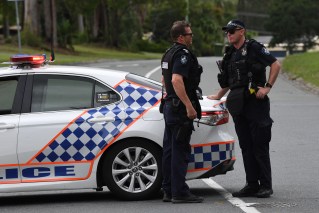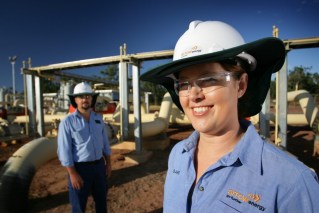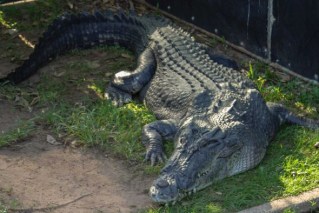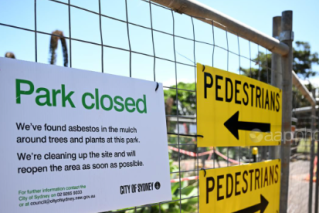How we’re sowing the seeds for another bushfire disaster
A timber industry practice to harvest more trees could be exposing Australia to bushfires of greater frequency and intensity.

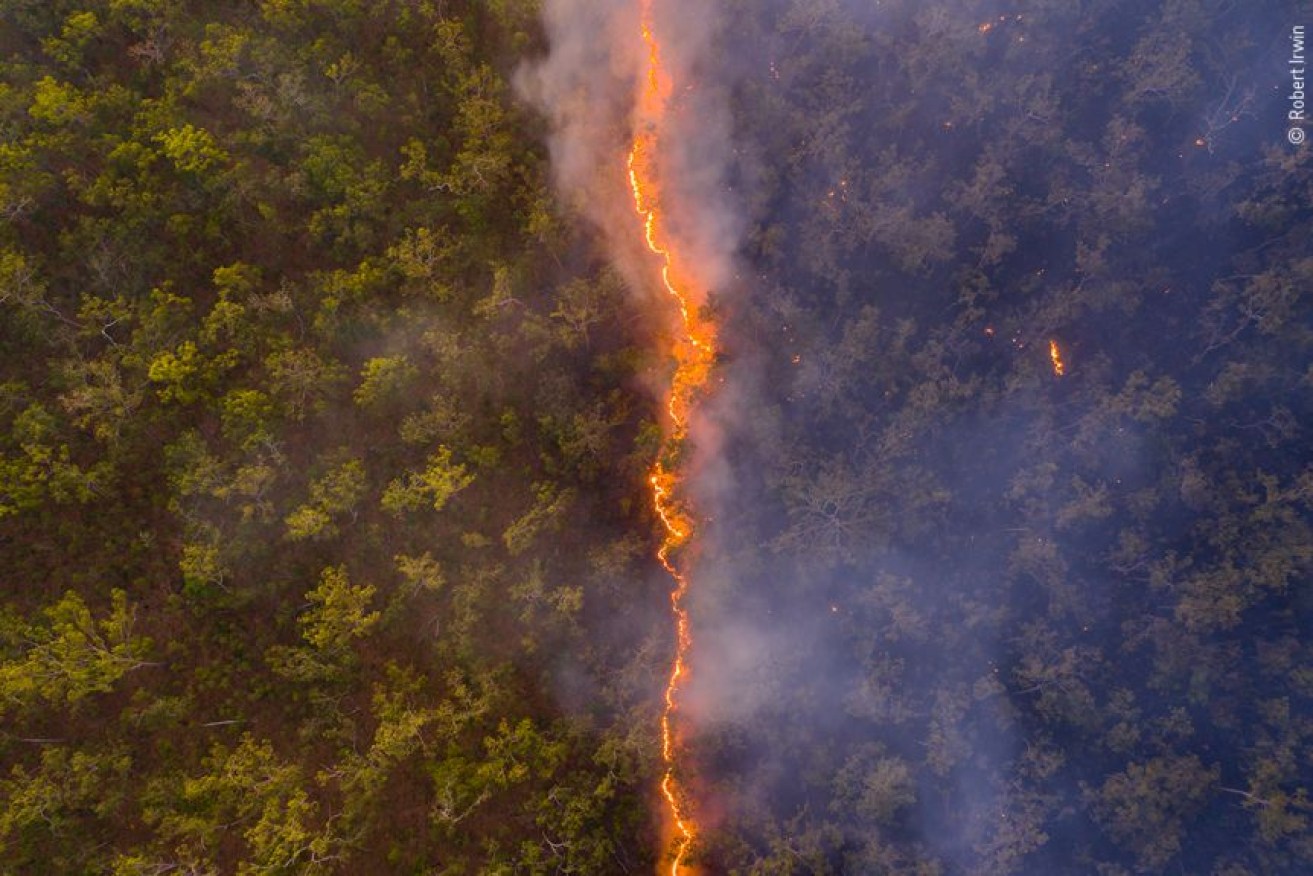
(Photo: Robert Irwin)
Mechanically “thinning” foliage from naturally occurring forests or logging old-growth trees is making the Australian bush more flammable and increasing the risks of further firestorms like the Black Summer inferno of 2019-20.
These are among the key findings of an expert review released today (Thursday February 11) of 51 peer-reviewed scientific papers by the Bushfire Recovery Project – a collaboration between Griffith University and the Australian National University.
Mechanical thinning involves the clearing of smaller, unproductive trees in order for surrounding soil, water and sunlight to direct more nutrients into the more productive, higher-yielding trees.
Proponents of the practice also argue that thinning reduces fire risk, according to the report’s lead author Professor Brendan Mackey, based at Griffith University’s Gold Coast campus.
“The overwhelming scientific evidence shows the opposite to be true,” he told InQueensland.
“There are very clear reasons why this is the case. Mechanical thinning increases the volume of dead wood on the ground and increases the density of saplings.”
A study done in Victoria in Alpine Ash country showed thinning contributed more than a 50 percent increase in dead wood fuel load and a 10 per cent increase in saplings.
InQueensland notes that the vast majority of Queensland’s commercial timber is harvested from managed plantations, not old growth forests.
“When you log a tree, there’s a lot of debris left behind, dead branches and such that are of no value to the timber companies,” Mackey said.
“In the industry it’s called slash. That just becomes dead wood that over time becomes dangerous fuel.”
Other practices that disturb the natural environment, such as removing the forest canopy, can have devastating long-term consequences, especially when fires are sparked by prolonged hot and dry conditions, the report’s authors contend.
They argue this is likely because thousands of young trees regrow, creating increased fuel load after the forest canopy has been removed, and many of those young trees then die, becoming dry and highly flammable
Lack of canopy also results in increased sun and wind drying the young plants and soil, and increasing wind speed on extreme fire days.
Mackey said while the key contributor to increased severity of bushfires was climate change, several peer-reviewed scientific studies had also shown previously logged forest burned hotter than unlogged and old growth forest during fires.
“The reason we had such mega-fires last summer was because we were at the back of one of the deepest, driest droughts in our history,” he said.
“When you open up a forest canopy you expose it to more sunlight and heat, which then dries out the fuel that is then also exposed to more wind.
“When the conditions are right for fires, it’s clear to see how this increased flammable environment produces such devastating, intense fires.
“You can still get fires in unlogged forests, but the evidence shows they have a greater risk of burning hotter and faster in forests where logging has been conducted.”
The findings are likely to add more fuel to the debate about what caused the severity of the Black Summer inferno of 2019-20, with some arguing it was due to a lack of vegetation management and back-burning in fire-prone regions in the preceding winter.
Mackey said mitigation strategies such as back-burning would have done little to prevent the natural disaster.
“The most important driver of bushfire is weather and climate. If those conditions are severe enough, they will trump land use history every time.,” he said.
“The conditions were so extreme, that the fires burned severely everywhere, regardless of their location., whether that was in managed areas, national parks or on farms.
“Even in Queensland we saw fires burning in areas where we had never recorded fire before, such as in our rainforests in the southeast.
“However, when conditions are more moderate, that’s when you’ll see land use history come into play.”


